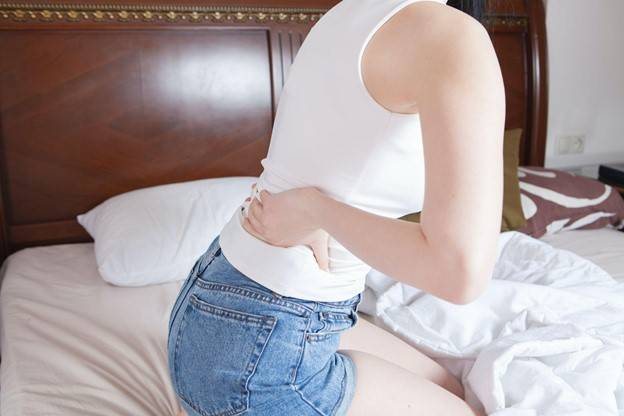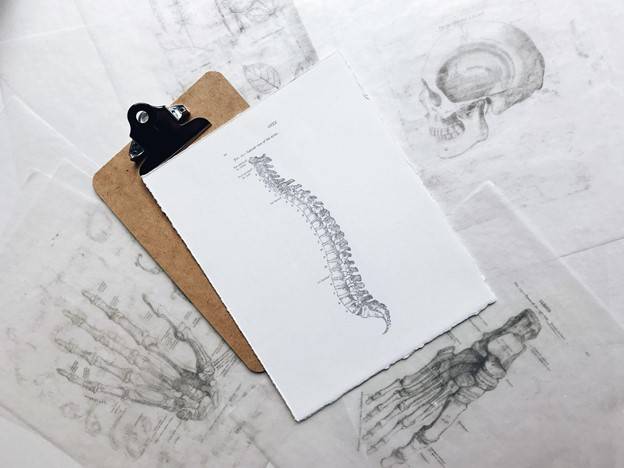
April 2022. This article is independently written by Shelby Golding. All opinions given are hers. Shelby has been certified as a personal trainer and nutritional specialist since 2007. In 2008, she found her passion for writing about these topics and hasn't looked back.

Posture looks a little bit different depending on various factors, including habit, genetics, injuries, and even personality. For example, a 2012 study on posture and personality linked an excessive mid- or low back curve to extroverted personalities and a lack of spinal curves with introverted personalities.
Each postural pattern comes with unique pain and injury patterns. Keep reading to learn if your posture causes your neck, shoulder, hip, or low back pain.
Types Of Posture

- Kyphosis is defined by an excessive forward curve of the thoracic spine or hunchback. This type of posture can cause shoulder and low back pain. Kyphosis is a typical pattern for older women and people with osteoporosis.
-
Lordosis is characterized by a severe lower back curve. The glutes are shoved backward, and the lumbar spine curves inward. As a result, the muscles of the hips are overstretched and weak, while the low back muscles are tight. This type of posture causes neck, shoulder, hip, and low back pain. Lordosis is common in people with arthritis, muscular dystrophy, and dwarfism.
-
A flat back is when the spine's natural curves are flattened out. This posture creates a backward tilt to your pelvis, minimizing the lumbar spine curve and causing the shoulders to tip forward. As a result, you experience shoulder, back, and hip pain. Flat back is common in people with degenerative disc disease, compression fractures, or ankylosing spondylitis.
- Swayback is identified by exaggerated spinal curves. Your pelvis is shoved forward, and your upper body shifts back to compensate for your center of gravity change. Sway-back primarily causes hip and low back pain. Swayback is common in people who sit for long periods.
Pain Patterns
Scoliosis is often diagnosed during adolescents and is characterized by a sideways curve in the spine. Most cases are not debilitating, but occasionally, the curve will worsen as the person grows. Back pain is common in people with scoliosis. You may also experience radiating back down the spine and into the legs and feet.
No matter your natural postural pattern, you can combat these muscular imbalances with certain posture-building techniques.
Improve Your Posture Naturally
● Build strength in weak muscles with weight training or body-weight exercises.
● Make sitting and standing straight into a habit using a posture corrector like a back brace.
● Avoid heels except on special occasions.
● Invest in a comfortable mattress that does not strain your spine.
● Focus on building a solid core.
Posture and Pain
Don’t forget to use your Kailo pain patch any time you’re dealing with pain. Just apply the patch near the site of discomfort and breathe a sigh of relief. A recent clinical study showed a significant decrease in musculoskeletal pain, such as back pain, neck pain, muscle and tendon pain, and many others.
Disclaimer: Kailo should not be used if you have a pacemaker or if you are pregnant. Always consult your doctor or health care professional before using Kailo.






